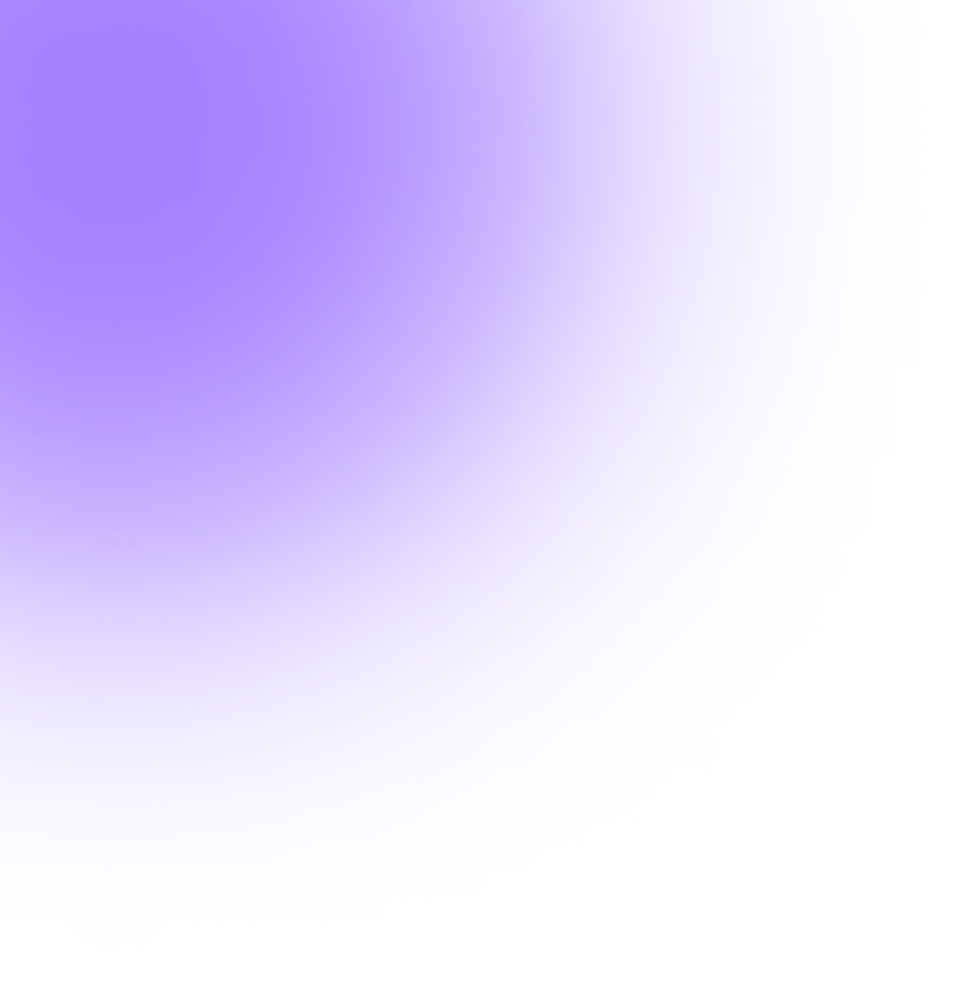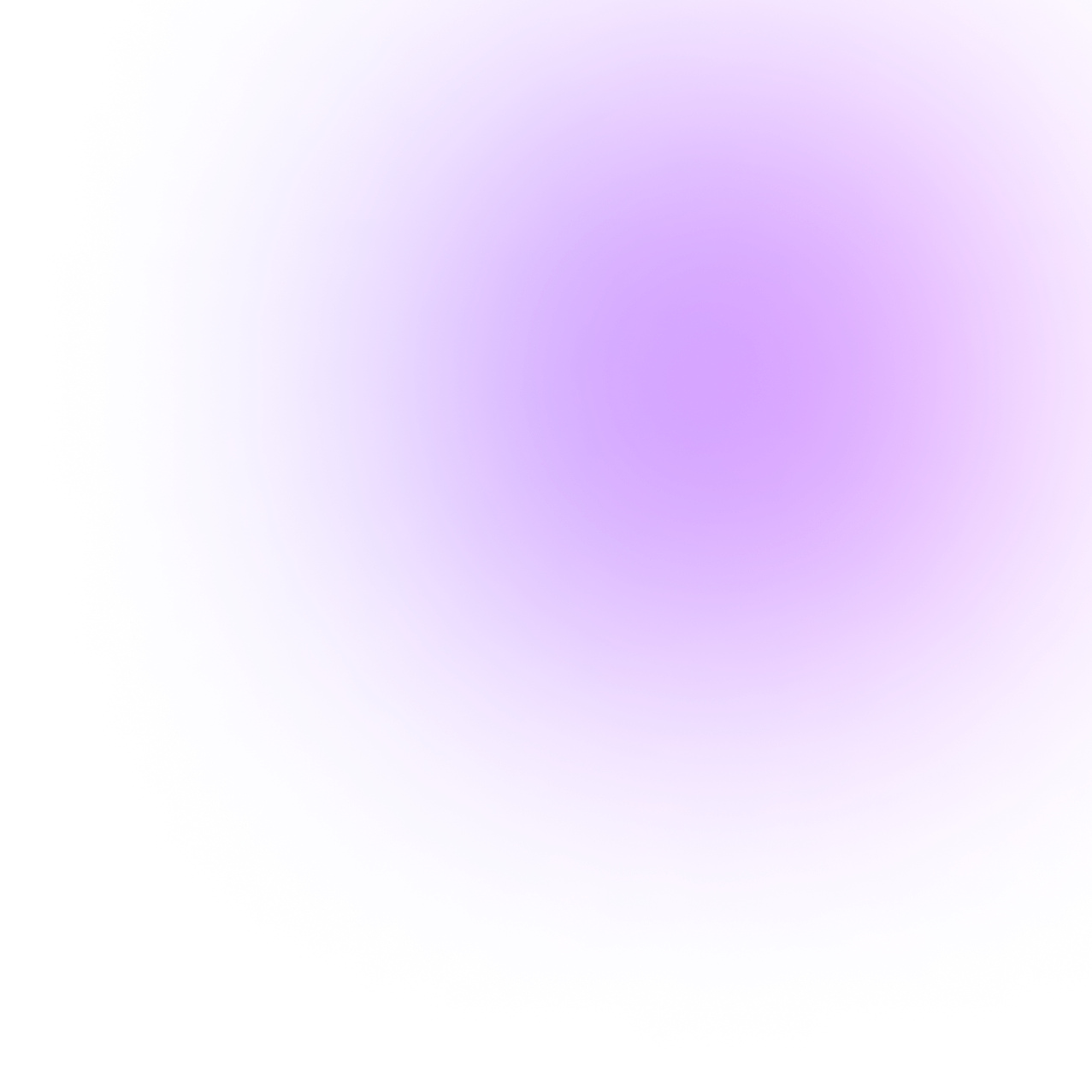




Mastering the Art of Long Exposure Photography: Unveiling the Magic Within
Long exposure photography opens a portal to a world where time dances and light tells captivating stories. 📸✨ In this guide, we'll unravel the enchanting realm of long exposure, from the basics of the exposure triangle to the mesmerizing effects it can create, especially in the fluid beauty of water scenes. 🌊
1. Exposure Triangle: A Balancing Act
Long exposure mastery begins with understanding the exposure triangle: aperture, shutter speed, and ISO. A wide aperture (small f-stop number F1.2 to F3.5) lets in more light, crucial for low-light scenarios. Adjusting the ISO sensitivity and playing with shutter speed settings form the delicate balance that allows you to craft dreamy, time-defying visuals. Learn more about ISO and Exposure Triangle. 🔄
2. The Dance of Shutter Speed: Freezing and Blurring Time
Shutter speed is the maestro orchestrating the symphony of time in your photographs. 🕰️ For freezing fast-paced action, opt for quick shutter speeds ranging from 1/125, 1/250 and above. However, the real magic of long exposure lies in slowing down this dance. A slow shutter speed (options could be from 1/30 till bulb, depending on what you intend to achieve), often measured in seconds rather than fractions, captures the passage of time with grace, introducing a sense of movement and fluidity. Try out long exposure to create light trails while introducing strobe or flash points to freeze a particular part. ⚡🌌
3. Capturing Water's Ephemeral Beauty
Water, whether a serene lake or a rushing waterfall, becomes a mesmerizing subject under the spell of long exposure. 🌊 With a slow shutter speed, flowing water transforms into silky, ethereal patterns. It blurs the distinction between individual droplets, creating a surreal, almost otherworldly effect. Experimenting with different shutter speeds allows you to tailor the level of abstraction in the water, from a gentle mist to a dramatic cascade. Always try out more than one shutter speed, play around till you get what is perfect for you. 💦✨
4. Embracing Patterns and Light Trails
Long exposure isn't just about water; it's a portal to capturing intricate patterns and dynamic light trails. In urban settings, city lights transform into vibrant streaks, painting the nocturnal landscape with mesmerizing colors. Cars become streams of light, weaving through the city streets, leaving behind a luminous trail that tells the story of motion and life. 🏙️🚗
5. Focusing in the Flow: Tips for Sharpness
Achieving sharpness in long exposure requires meticulous focus. While autofocus might struggle in low-light conditions, manual focus empowers you to pinpoint the desired focal point. To enhance depth of field, choose a smaller aperture (higher f-stop number, F9-F16, will help depending on what's available to you) to keep both foreground and background elements in crisp detail. 🎯🔍
6. Tools of the Trade: Tripods and ND Filters
Stability is the backbone of successful long exposure shots. Investing in a sturdy tripod ensures your camera remains steady throughout the extended exposure time. Neutral Density (ND) filters, akin to sunglasses for your lens, control the amount of light entering the camera, facilitating longer exposures even in bright conditions. You should invest in this to have less stressful shoots. 📷🔒
7. Unlocking Surrealism: Let Creativity Flow
Long exposure isn't bound by rules; it's a canvas for your imagination. Experiment with varying shutter speeds, play with different light sources (Continuous and Strobes), and embrace the unpredictable beauty of the results. Whether capturing star trails, light painting, or the gentle flow of clouds, long exposure invites you to explore the limitless possibilities of creative expression. Yield to it and get creative. 🌠🎨
8. Post-Processing: Enhancing the Enchantment
Post-processing becomes the final act in the long exposure saga. Refine your images by adjusting contrast, color balance, gamma correction, applying LUTs, and clarity. Embrace the opportunity to fine-tune the dreamy atmosphere you've captured, enhancing the magic that unfolds within each frame. Read more about Color Grading. ✨🌈
Feel the magic, freeze the moment! ✨📸.